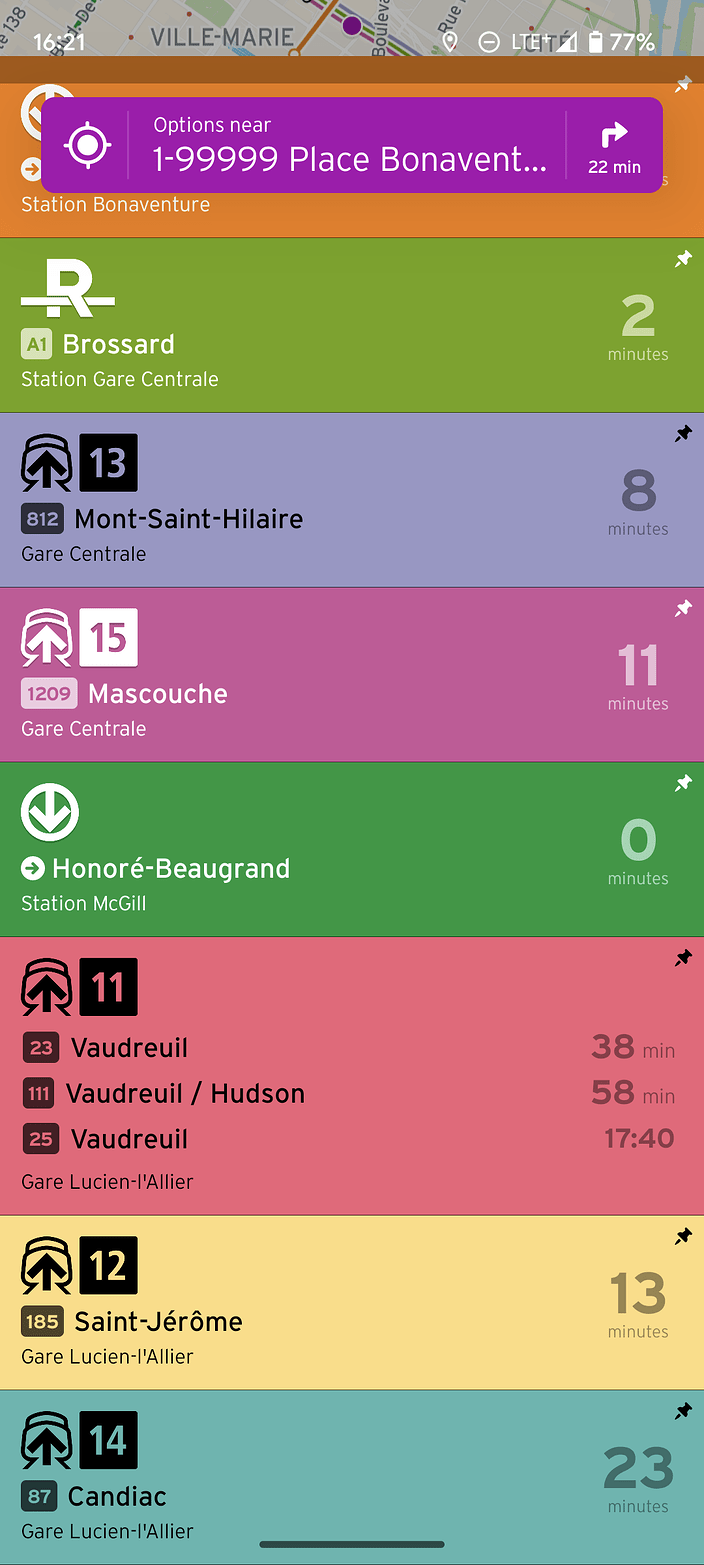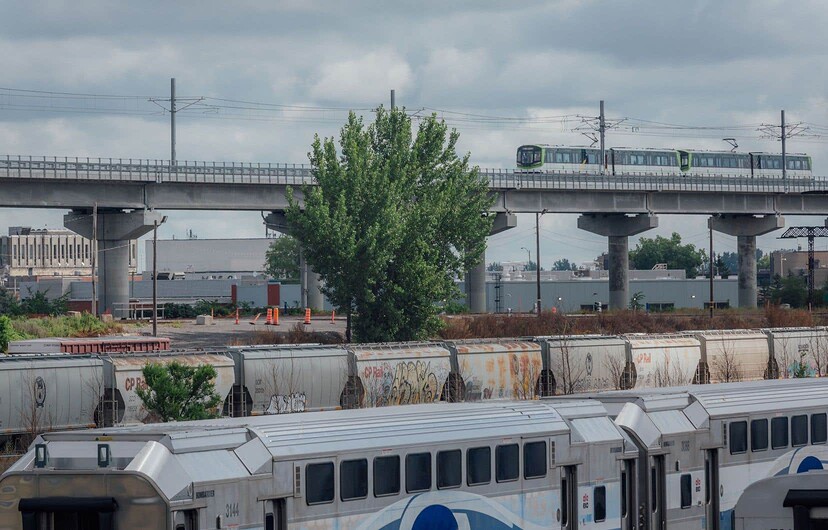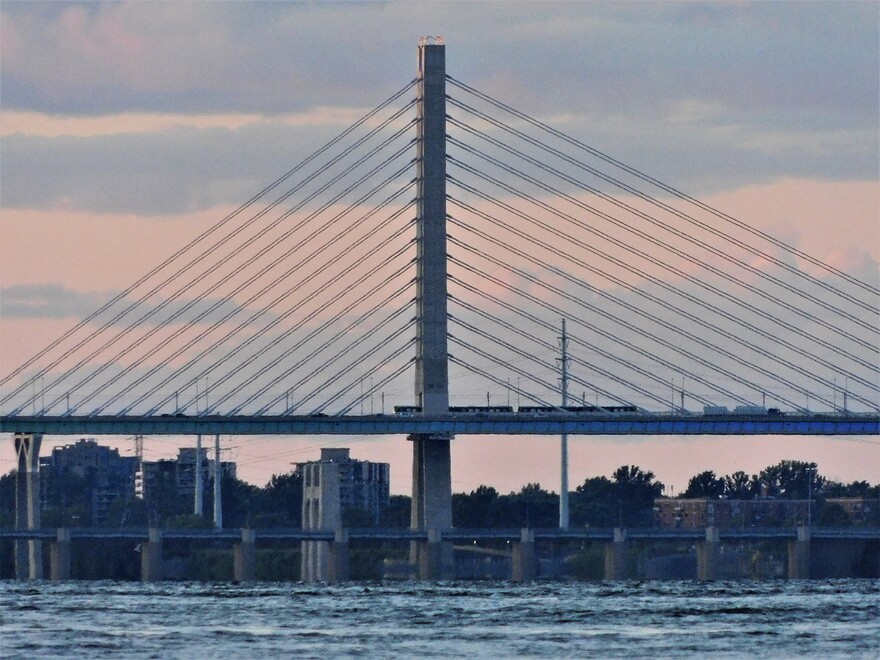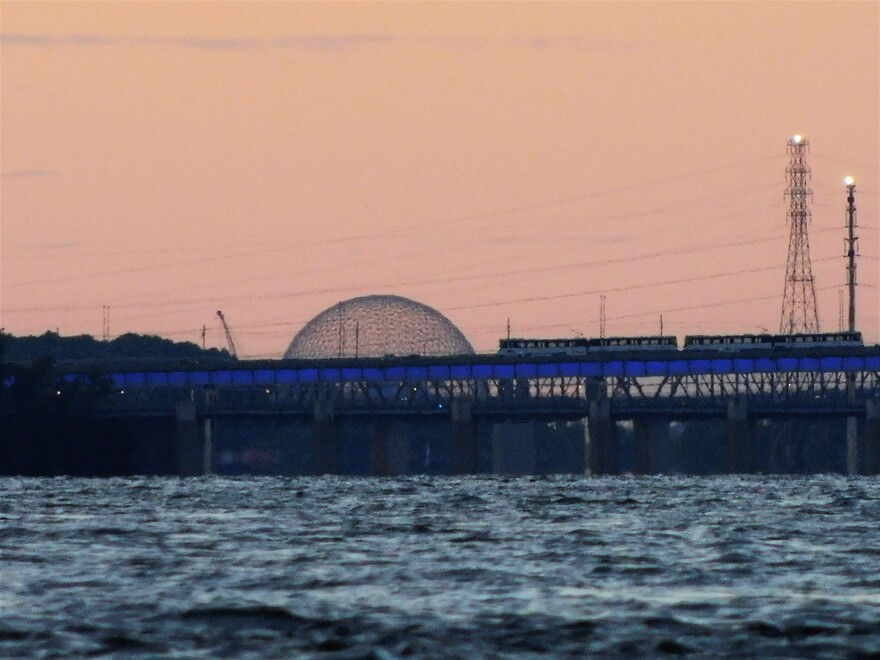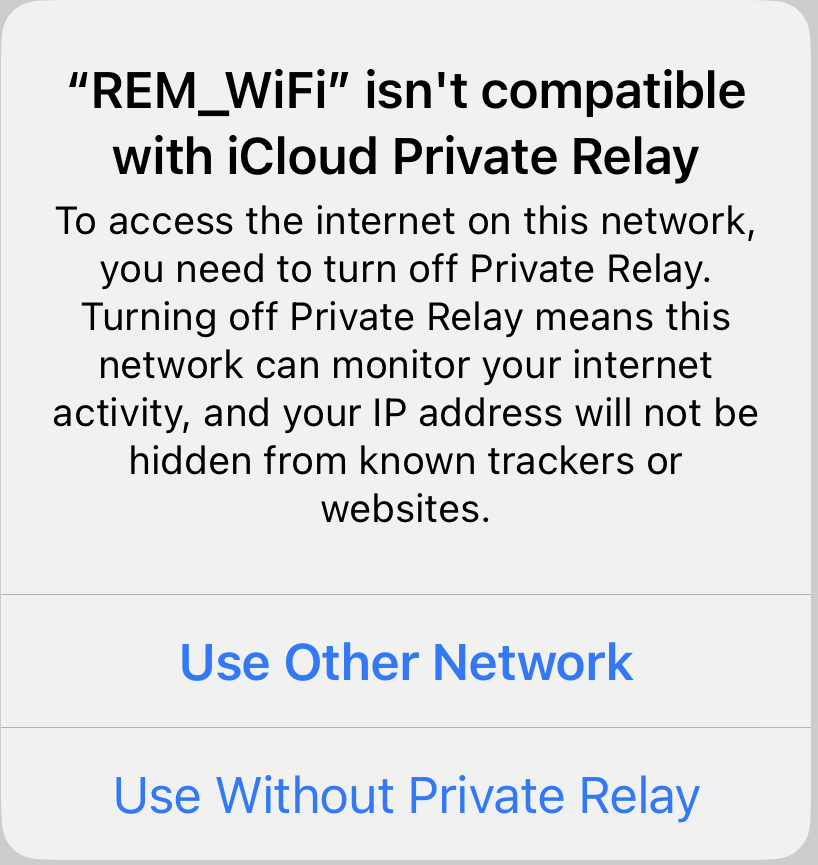Le «rodage» du REM, un mal nécessaire?
Valérian Mazataud, Le Devoir
Un train du REM s’apprêtant à entrer dans le quartier de Griffintown, à Montréal
Olivier Du Ruisseau
17 h 19
Transports / Urbanisme
Depuis la mise en service officielle du Réseau express métropolitain (REM) lundi, plusieurs voix s’élèvent pour critiquer les longues interruptions qui sont survenues à l’heure de pointe et en fin de soirée la même journée. Des experts consultés par Le Devoir estiment toutefois qu’il est encore trop tôt pour juger de la fiabilité du projet en fonction de ces deux incidents seulement.
« Lancer ce genre de système, à l’ère des réseaux sociaux, ça peut susciter toutes sortes de réactions de la part d’éternels insatisfaits », lance Christian Savard, directeur de l’organisme Vivre en ville. Sur le réseau social X, il s’est voulu plus nuancé, mardi, quant au tollé qu’ont suscité les interruptions de la veille : « Vous savez, ça va arriver des problèmes au début. C’est ça la norme. Si dans 6 mois, ce genre de panne est récurrent, on parlera d’un vrai problème. »
Florence Junca-Adenot, professeure au département d’études urbaines et touristiques de l’Université du Québec à Montréal, qualifie les événements de lundi de « malchance », mais ne s’inquiète pas outre mesure pour la suite des choses. « Samedi et dimanche, plus de 120 000 personnes ont utilisé le service et aucun pépin n’est survenu. N’importe quel système doit compter sur une période de rodage où des interruptions peuvent survenir. »
Au moment où ces lignes étaient écrites, CDPQ Infra, la société responsable du REM, n’avait pas répondu à la demande d’entrevue du Devoir. L’organisme avait cependant déclaré à différents médias lundi qu’il était en « phase de rodage », sans préciser combien de temps ladite phase pourrait durer.
Mme Junca-Adenot soutient que le mois d’août sera crucial pour le REM, et qu’il faudra surveiller la fiabilité du service à nouveau en septembre et à l’hiver. « En septembre, plusieurs personnes qui vont retourner aux études et au travail voudront commencer à l’utiliser. L’hiver pose aussi son lot de difficultés, puisque les trains sont toujours plus vulnérables à la glace et à la neige. »
CDPQ Infra a détaillé sur son site Web les mesures qui ont été mises en place pour s’assurer que les voitures du REM soient équipées « pour faire face aux hivers québécois ». Selon la professeure Junca-Adenot, ce type d’effort de communication est « primordial pour rétablir la confiance entre les systèmes de transport et les usagers ».
Quel plan de contingence ?
Plusieurs citoyens ont également critiqué la lenteur des services de navette pour pallier les interruptions de lundi. « Pourquoi avoir changé drastiquement les circuits d’autobus sans tenir compte de cette période de rodage ? […] Ça prend un plan de contingence clair », s’est offusqué l’humoriste et scénariste Daniel Thibault sur X.
CDPQ Infra a une fois de plus tenté de répondre à ce type d’interrogation en ligne. « En cas d’interruption du REM d’une durée de plus de 20 minutes en heures de pointe ou de plus de 30 minutes en dehors des heures de pointe, des autobus seront déployés dans les meilleurs délais par les partenaires du REM », soit les sociétés de transports avoisinantes.
« Pour l’instant, on ne peut pas comparer le REM avec le système d’Ottawa, par exemple, où des incidents et des enjeux de gouvernance ont été observés sur le long terme », conclut Christian Savard. Il considère qu’un changement de culture doit aussi être opéré pour que les Québécois aient davantage confiance envers leurs systèmes de transport. « Les gens sont toujours plus permissifs envers les infrastructures routières. Il faut voir le REM comme un investissement […] et donner la chance au coureur. »
